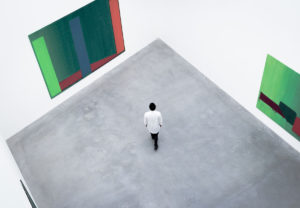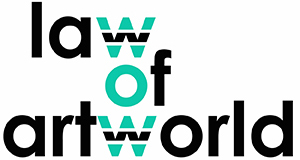
Talking about Art Law means to take into account many elements related to the sector, which very often go unnoticed.
First of all, it implies approaching art from a comprehensive and all-embracing perspective that reaches every aspect, and that is not exclusively identified with the buying and selling of masterpieces. Secondly, it requires one to have in mind the human factor that underlies the context, and that shows a flexible attitude that is close to individual’s reality. In the end, art is a “vital fact” through which artists express themselves and communicate, and spectators interpret it and are moved.
However, at the same time, we are dealing with a realm where the legal implications are reduced. These are aspects that often remain unnoticed, either because people do not know of them, or because they are included in a complex legal scheme that is difficult to understand.
Cultural Law
········
 Since Art is a cultural manifestation, the new lines of work in the international sphere tend to defend a global approach to this matter and to broach its analysis, study, and development under a wider and more complex structure that takes the culture and its legal reality as an axle of articulation. Thus, the Cultural Law emerges, of which the Art Law is an inseparable part.
Since Art is a cultural manifestation, the new lines of work in the international sphere tend to defend a global approach to this matter and to broach its analysis, study, and development under a wider and more complex structure that takes the culture and its legal reality as an axle of articulation. Thus, the Cultural Law emerges, of which the Art Law is an inseparable part.
Cultural Law is a speciality that deals with culture as a whole and analyses this reality from a legal approach.
It is a relatively recent discipline that has arisen as a field of legal specialization to deal with all the issues related to art and culture in which the law plays a significant role. It is the meeting point of relevant issues such as the constitutional right of access to the culture, culture as a human and collective development factor, the protection of the cultural heritage of societies and its connection to human rights, international cooperation towards the protection of cultural expressions and cultural diversity, preservation measures of culture in a socio-economic globalisation context, etc.
Beyond the solutions to each particular case, which obviously are interesting for us, Artworld Law wants to stress the underlying discourse that explains the sense of a certain answer to the conflict situation. Do not forget that, in the regulation of these issues, art and culture are linked to the individual and collectivity; this requires the completion of the events from the perspective of human relationships and their desire to participate in society.
